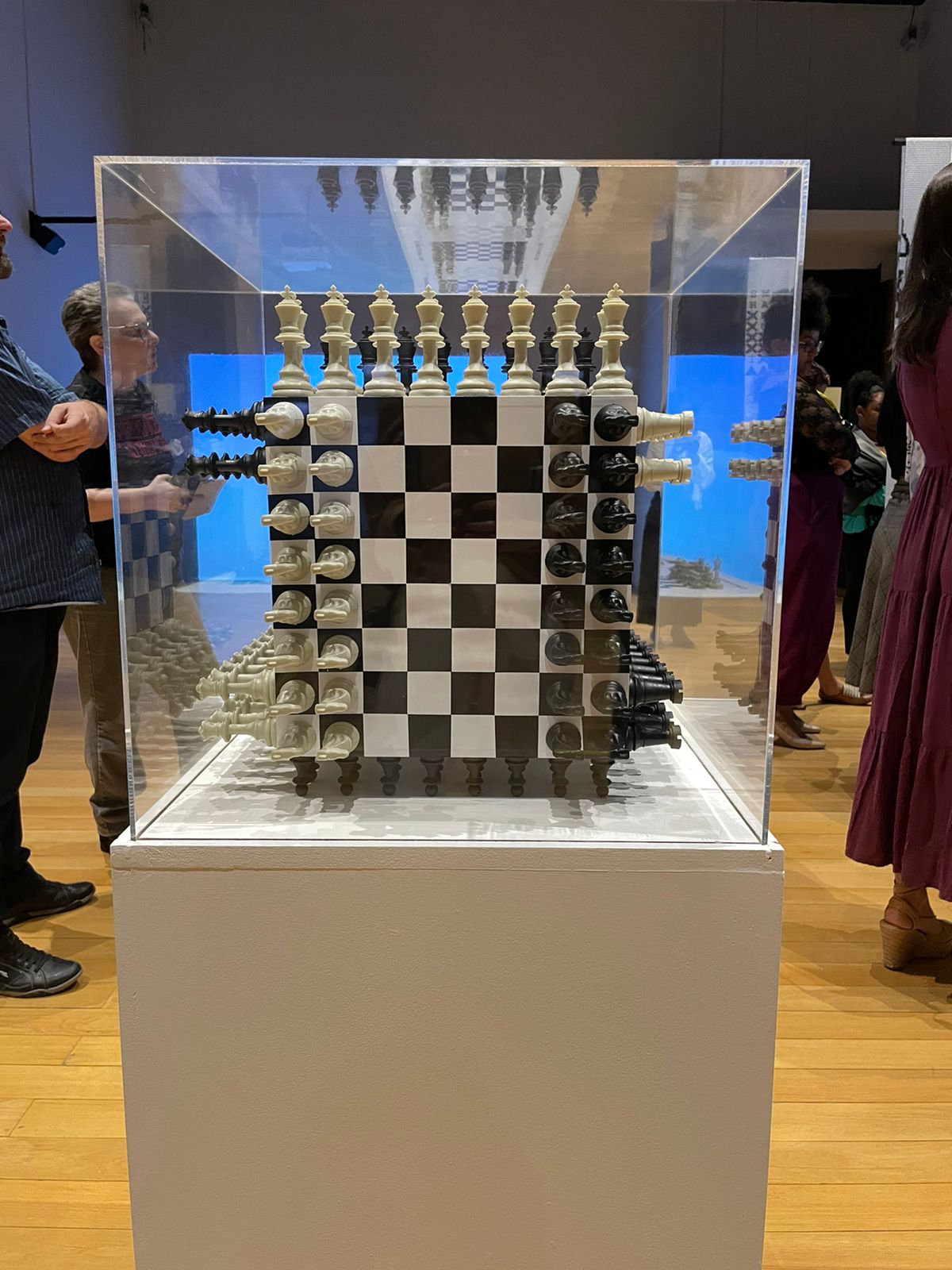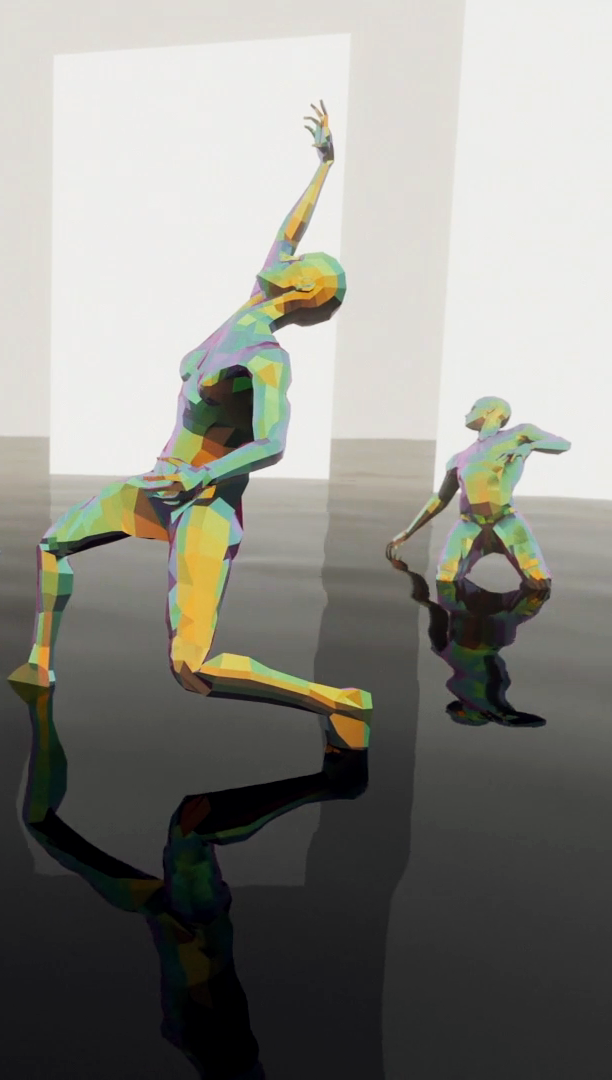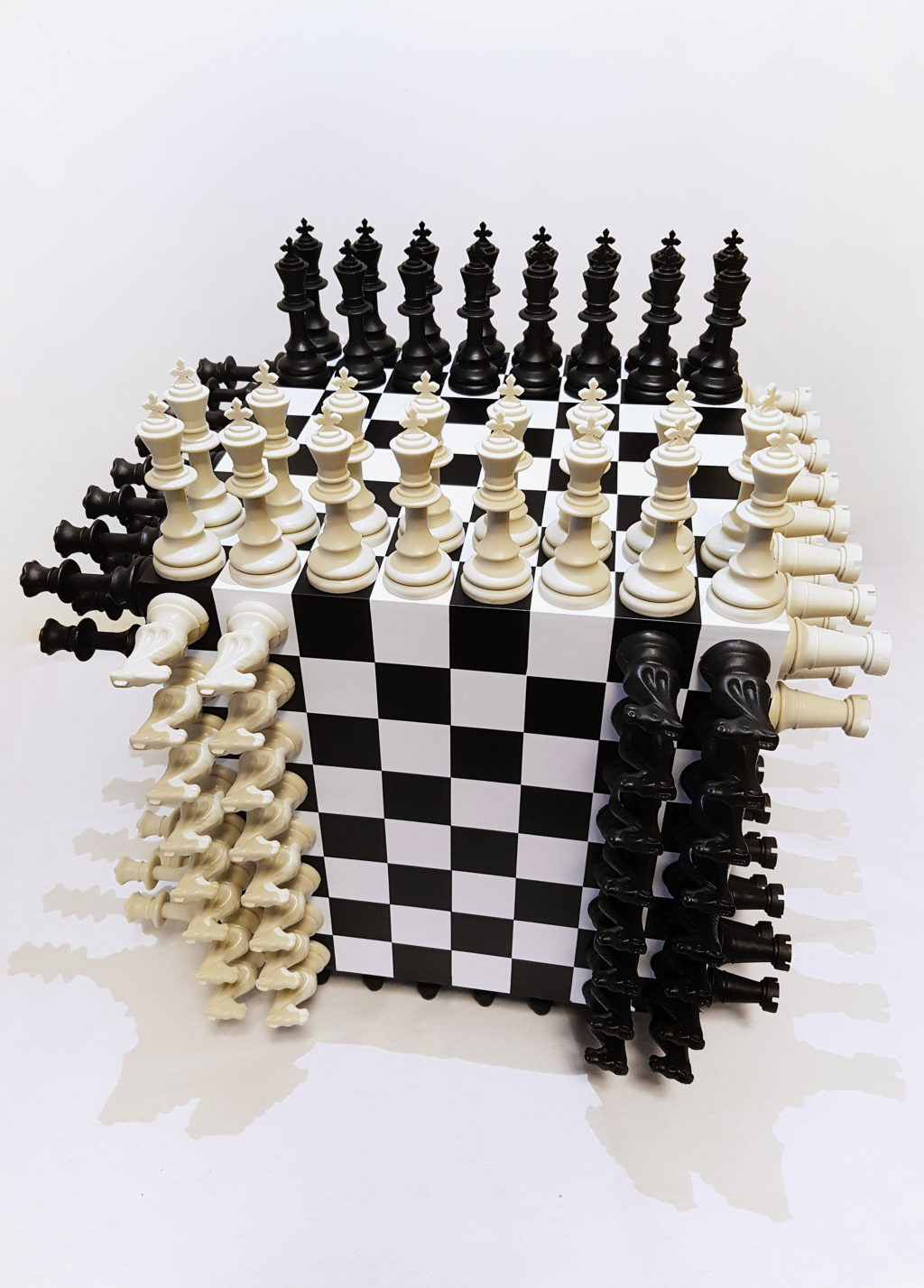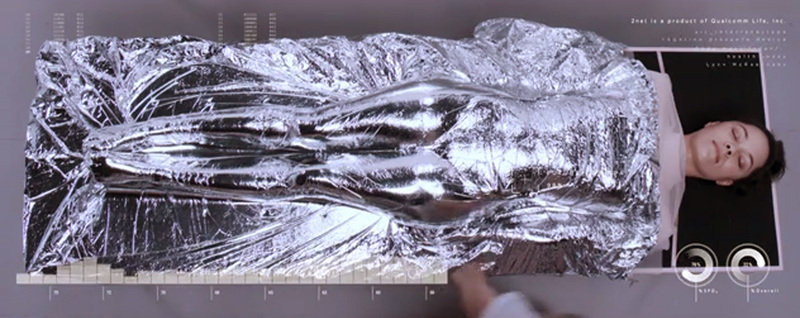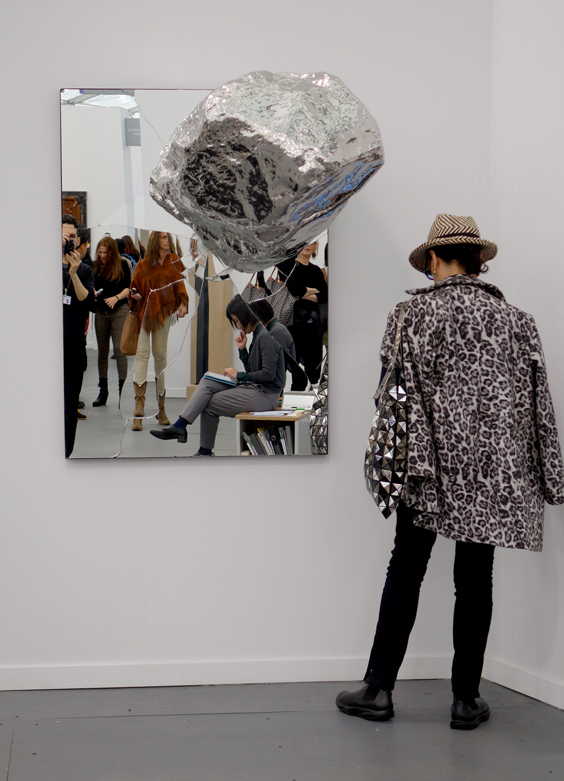
UVA
Principles of Motion
For Principles of Motion, UVA uses a rotating LED disc to create an abstract rotating and shifting kinematic landscape that plays with the viewer’s perception of movement and reflects the phenomenon of persistence of vision (sparkler’s trail effect / pov display). By varying the luminosity of the LED, the kinetic landscape moves and gives the viewer a sense of space and time. While observing the abstract rotating patterns and rhythms, the optic nerve of the recipient replicates the effect of an afterimage on the eye.
